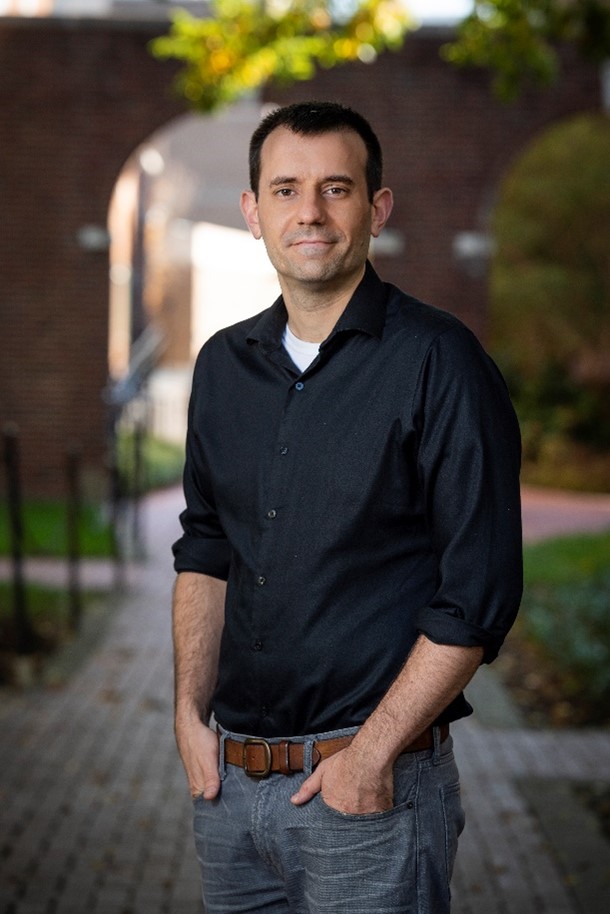
“One of the best aspects of research is the excitement of discovery, being the first person in the world to know a small detail about the system you’re studying,” says Jeffrey Mugridge, Ph.D., an assistant professor of chemistry and biochemistry at the University of Delaware in Newark. We talked with Dr. Mugridge about how a pet store job sparked his early interest in science, why he decided to change his career trajectory after graduate school, and what he believes is key to being a successful researcher.
Q: How did you first become interested in science?
A: My strong interest in science didn’t develop until I was in high
school—I wasn’t one of those kids who had a chemistry set or a deep love for dinosaurs or anything like that. But in high school, I worked in a pet store, where I learned a lot about aquarium science, including the ins and outs of managing water chemistry to keep fish alive. I also had a fantastic chemistry teacher who really helped me foster a love for the field.


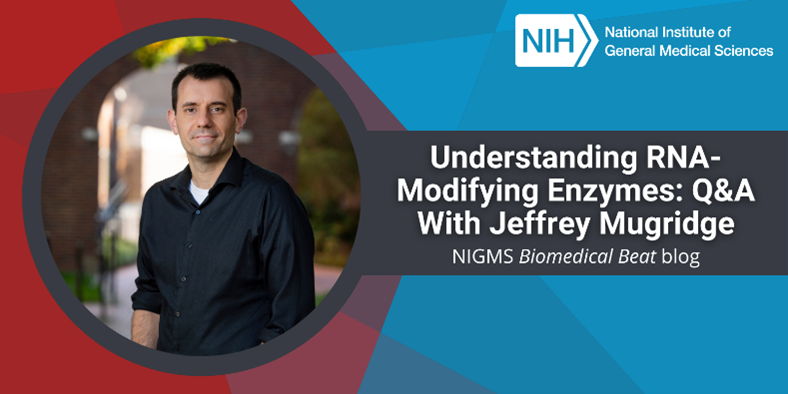





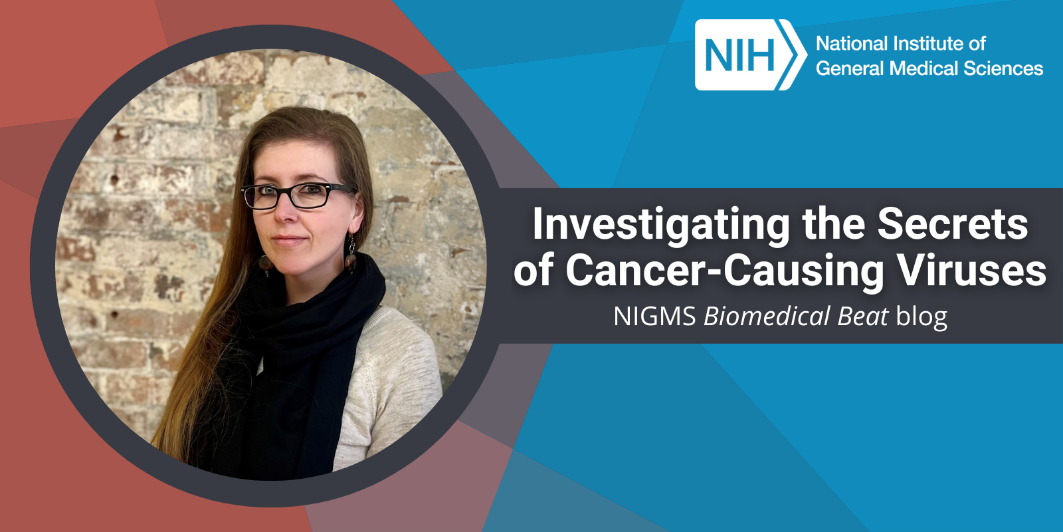

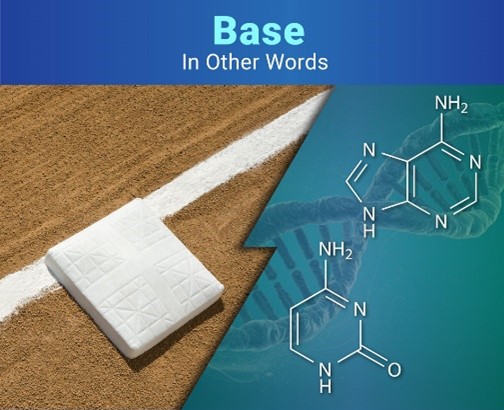
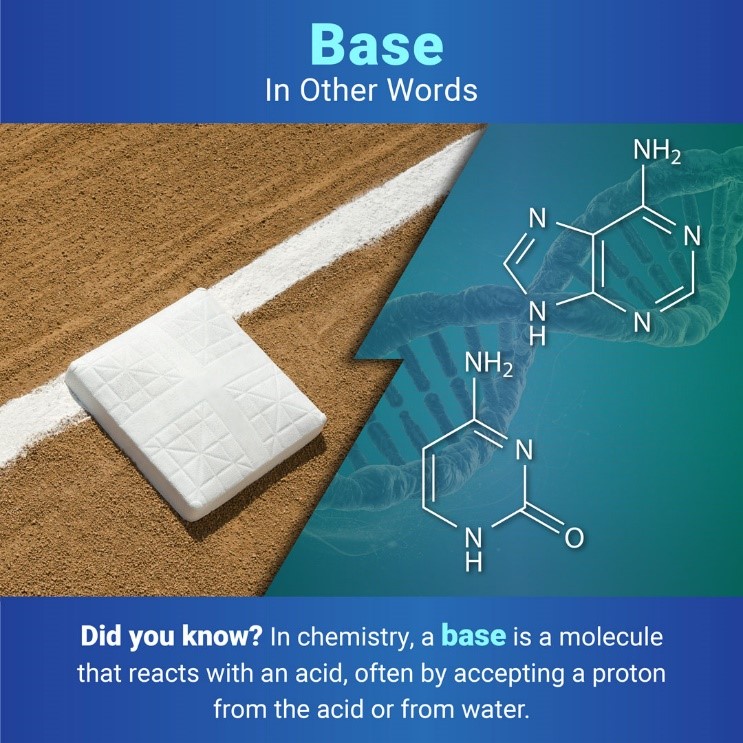
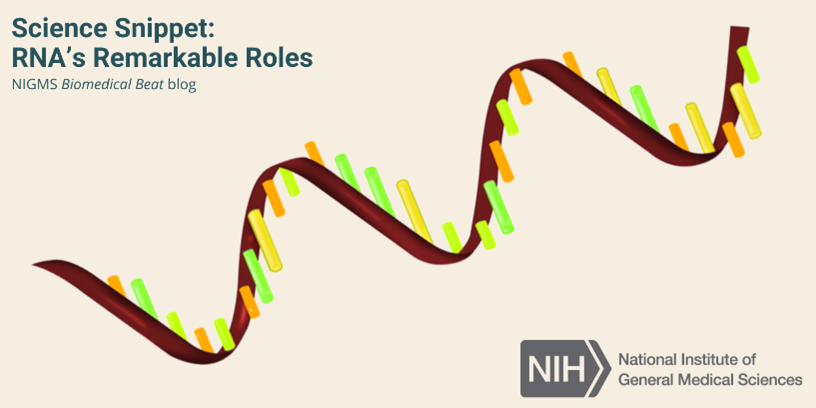
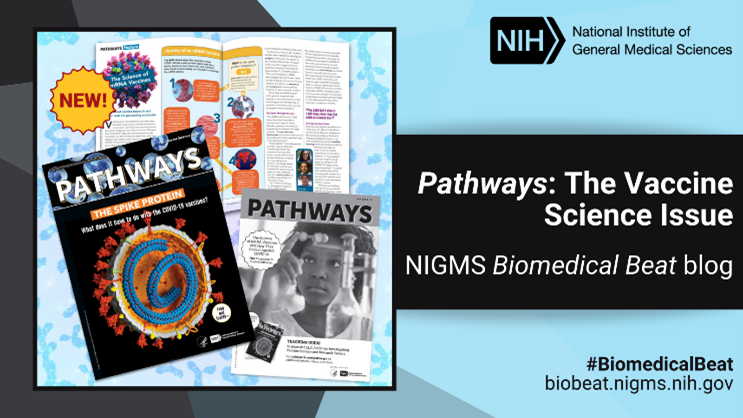
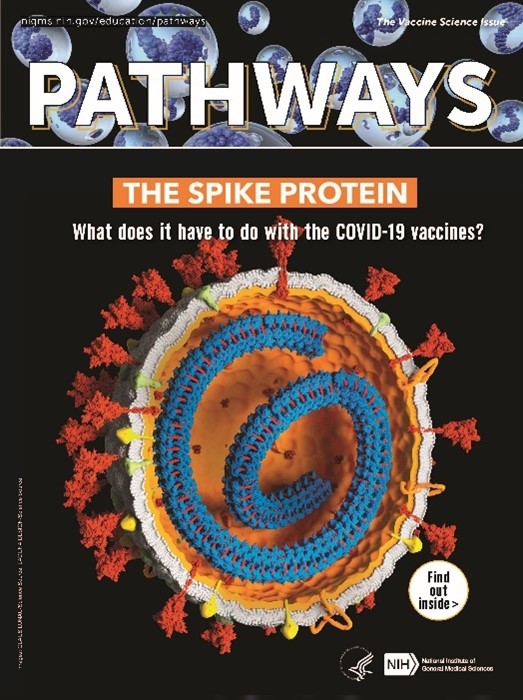
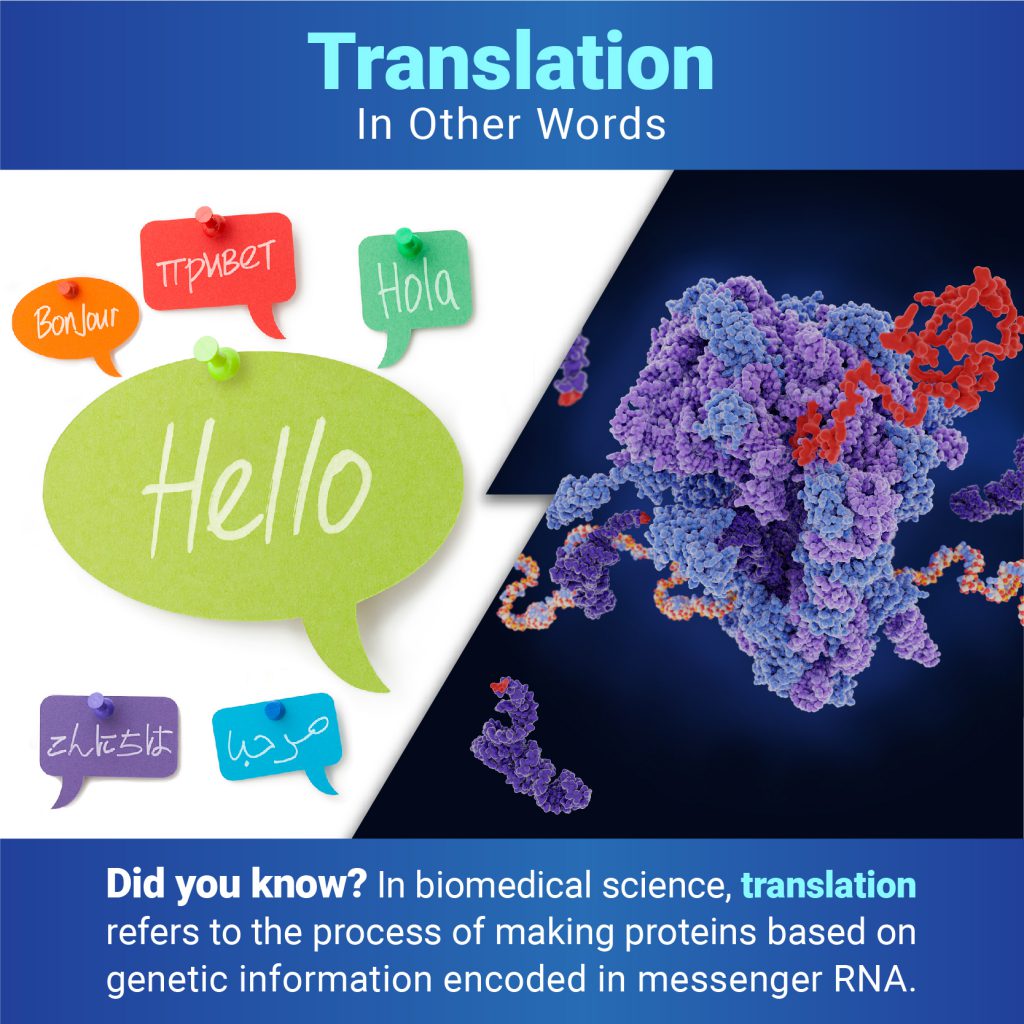

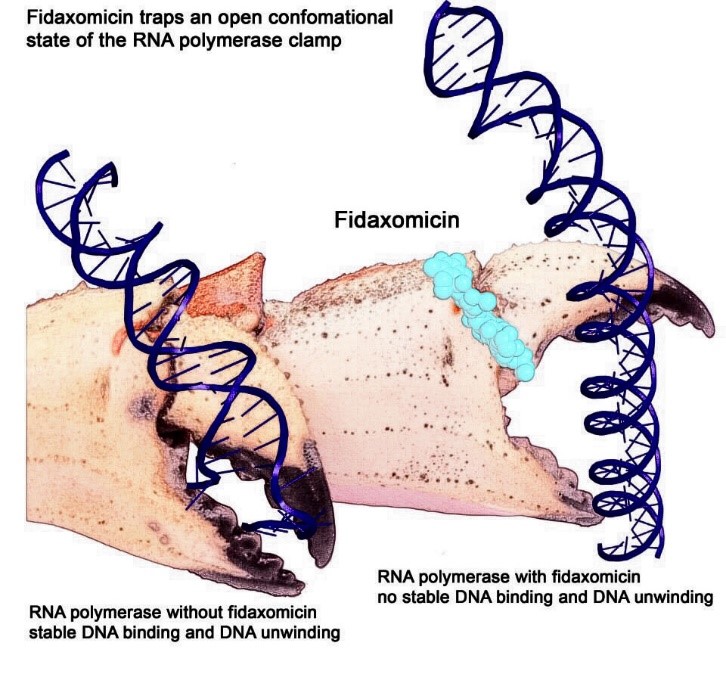 Artist interpretation of RNAP grasping and unwinding a DNA double helix. Credit: Wei Lin and Richard H. Ebright.
Artist interpretation of RNAP grasping and unwinding a DNA double helix. Credit: Wei Lin and Richard H. Ebright.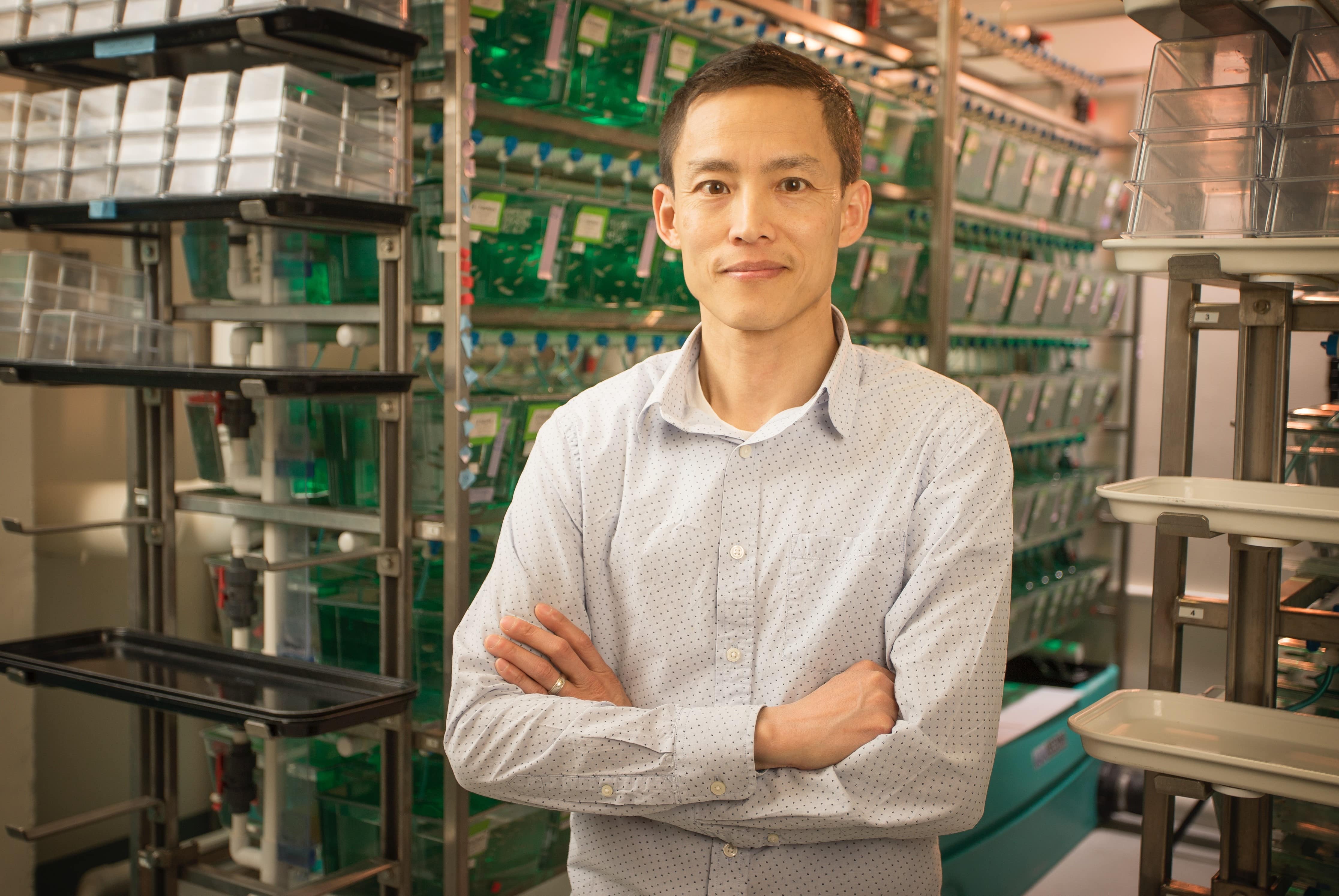 Viravuth (“Voot”) Yin, associate professor of regenerative biology and medicine at MDI Biological Laboratory and chief scientific officer at Novo Biosciences, Inc., in Bar Harbor, Maine. Credit: MDI Biological Laboratory.
Viravuth (“Voot”) Yin, associate professor of regenerative biology and medicine at MDI Biological Laboratory and chief scientific officer at Novo Biosciences, Inc., in Bar Harbor, Maine. Credit: MDI Biological Laboratory.